Alright artists time for... Today brought to you by your friendly host Craig...
Today brought to you by your friendly host Craig...
Hi everyone. My tip for today is how to make any skeletal reference work for you.
When trying to construct a scientifically accurate critter it is really important you stick to the proper anatomy of the animal. This means that being (pretty) precise on rough measurements and proportions of your creature are key. The best means to get these right is to use a skeletal reference.
However typically when you find such a reference it isn't quite what you need (if one exists at all!...).
 I personally run into problems with pre-existing references as they are often in highly stylized poses, such as this Deinonychus skeletal reconstruction by Gregory Paul. These types of references though having excellently measured proportions and anatomical layout, make it hard for you to acquire useful information about how your animal is put together as the limbs are all folded up and angled in "weird" ways (okay not weird for the living animal [most of the time! sometimes people do impossible things in their skeletals]. However when trying to measure and compare proportions they are less than ideal!).
I personally run into problems with pre-existing references as they are often in highly stylized poses, such as this Deinonychus skeletal reconstruction by Gregory Paul. These types of references though having excellently measured proportions and anatomical layout, make it hard for you to acquire useful information about how your animal is put together as the limbs are all folded up and angled in "weird" ways (okay not weird for the living animal [most of the time! sometimes people do impossible things in their skeletals]. However when trying to measure and compare proportions they are less than ideal!).
 Further more if your reconstruction is in an unconventional pose, such as my 3D Deinonychus, it is really unlikely you'll find a reference already in your pose. In fact if you do find one odds are really good it is an over done conventional pose anyways!
Further more if your reconstruction is in an unconventional pose, such as my 3D Deinonychus, it is really unlikely you'll find a reference already in your pose. In fact if you do find one odds are really good it is an over done conventional pose anyways!
Meaning if you want to compare your creation directly to a skeletal, you're almost certainly out of luck. Or you'll be forced to copy the preexisting pose. Which I urge you not to do! Too many people keep turning out the same general reconstructions. With an extra 20-30 minutes work you can come up with a reference that can be in any pose you'd like!
So how do you do get this personalized skeletal reference? Why you make it yourself of course!
I'll take you through how I made the reference that I used to cross check my 3D Deinonychus here. Now the pose I'm going for is essentially a dead laid out animal (needed for my 3D posing system), but you can use this procedure for any pose you want!

Okay so the first thing you'll need to do is load your reference into
photoshop. I suggest right away saving it as a new file just in case. That way you have the original still at hand should you need it.
`
1. Your first real step is carve apart the parts of the skeleton that are at the wrong angle for your purposes.
Some general tips:
Make sure your taking things apart at the joints. You can also take them apart a lot more thoroughly than I have here. Each vertebrae and digit bone can be separated if you want. I haven't gone this far, but you'll note I did separate a few individual neck verts.
`
Think about giving each separate bone or limb its own raster layer in photoshop. This makes it easier to manipulate them one at a time, and not risk wrecking your other parts by accident.
`
 2. With your picture editing software's "Free Rotate" function manipulate your individual bone elements to your desired angles.
2. With your picture editing software's "Free Rotate" function manipulate your individual bone elements to your desired angles.
Some general tips:
Learn your undo
hotkeys for this stage. As it can take some trail and error to get things to look right.
`
Have a protractor on hand if your program only allows manipulation by typing. (Some photo editing programs will have nice built in rotation tools that you can with your mouse just twist selections around in your drawing window. Sadly my version of Coreal Paintshop Pro only allows me to rotate things by manually typing in the number of degrees I want it to rotate by. Thus I can not be as precise to start off with unless I have a protractor to look at)
Once you have your piece oriented roughly how you like, lay them out close to their final position to double check. Here is where separate raster layers can be handy, as you can lay them out in their final position, and move them after the fact if you don't like them.
`
 3. With your parts oriented correctly put them all back together!
3. With your parts oriented correctly put them all back together!
General tips:
`
Keep a copy of the original picture handy, so that you can make sure you are repositioning all the joints back in exactly the same place.
`
If you were using separate layers save a copy of your skeleton in a layer supporting file format. That way you can repose this skeleton again in the future if you ever revisit it!

Okay so once you have your own version of the skeleton you can use it to your hearts delight.
`
`
`

Just like that my 3D
Deinonychus was pretty much spot on (with a few tiny variations, but I'm fine with 90% accuracy... the animals would have all varied individual to individual anyway).
`
Outside of my example I'm hoping you can see applications for this technique in your own work!
`
On the last topic of what if there is no pre-made skeletal reference for your current animal project?

Well if you have a half descent photo of the actual fossils, my technique works just fine on them too!!!
So good luck in the future with your own skeletal references!
 This series plans on tackling the more academic and intellectual aspects of Palaeo-art. In our new "Philosofossilising" we are boldly thinking where no Palaeo-artist has thought before... At least on ART Evolved :P
This series plans on tackling the more academic and intellectual aspects of Palaeo-art. In our new "Philosofossilising" we are boldly thinking where no Palaeo-artist has thought before... At least on ART Evolved :P

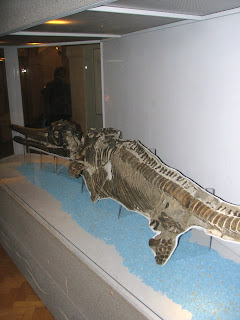








 I personally run into problems with
I personally run into problems with  Further more if your reconstruction is in an unconventional pose, such as
Further more if your reconstruction is in an unconventional pose, such as 






 This is the modern take on
This is the modern take on 



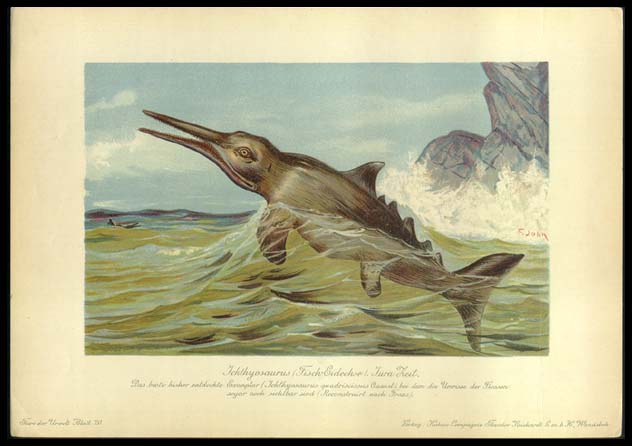




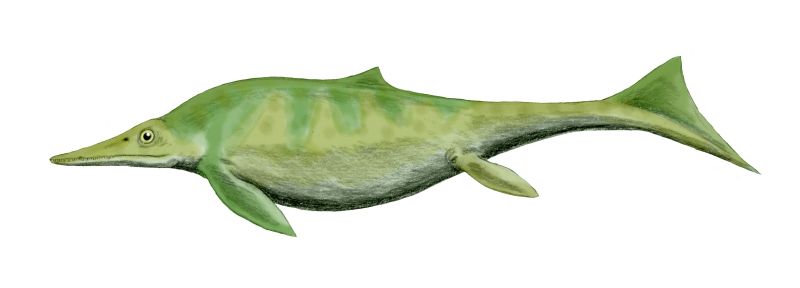

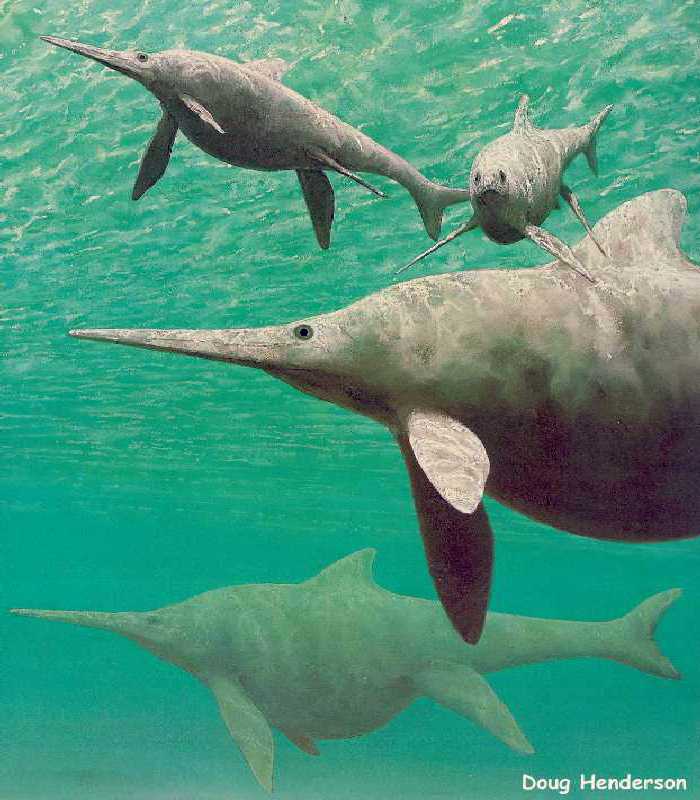

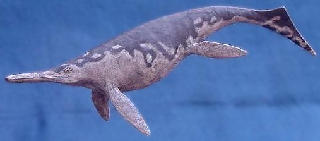





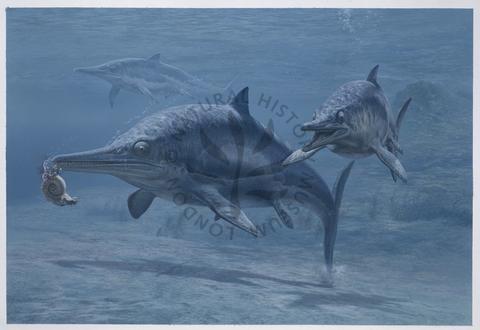




 It's live blogging time!
It's live blogging time!